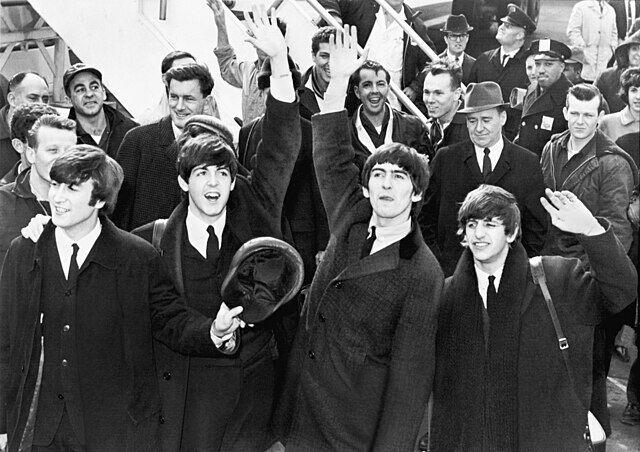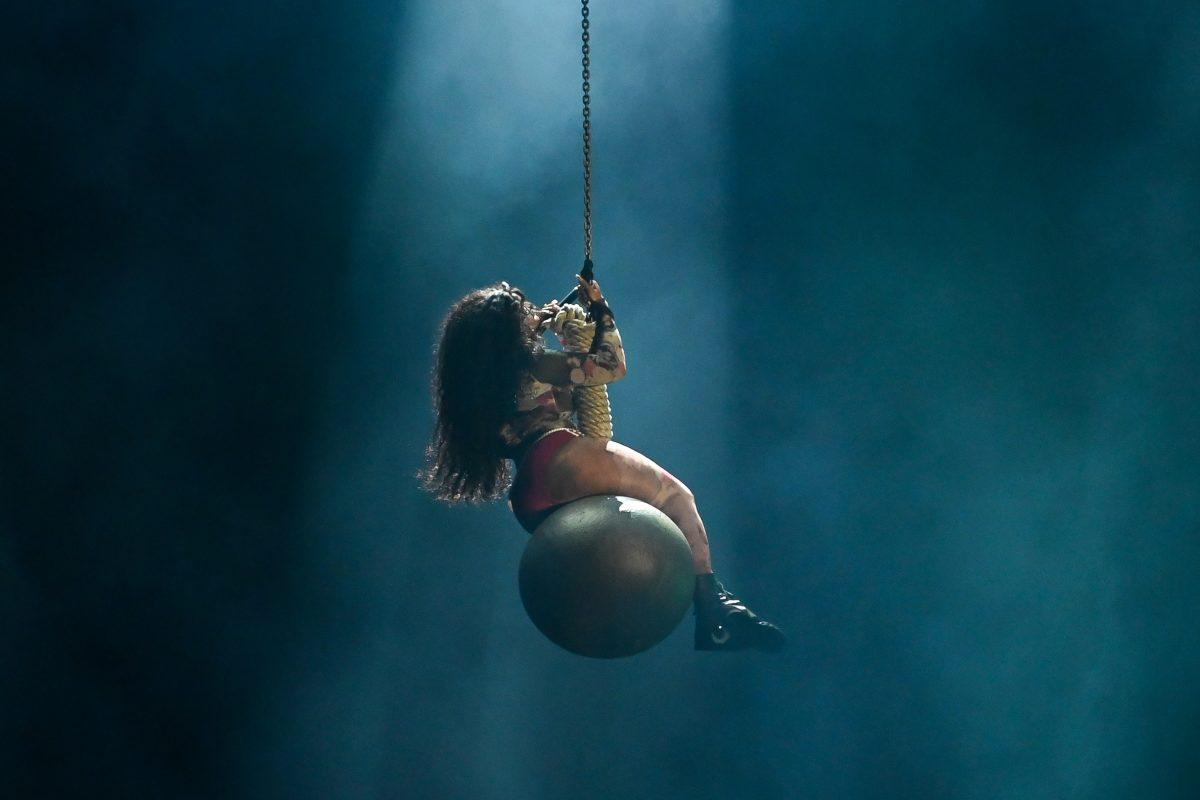Walking into Thompson Hall’s costume design room is overwhelming at first. It feels like one wrong move and the room will collapse in a heap of fabric and color. Fabric swatches are stacked anywhere where there’s room while costumes in various stages of completion are hung on mobile clothing racks. In this instance, large 3D crab claws are carefully balanced on tables so the wet red paint can dry.
Like any costume design room, there are costume idea sketches pinned on the walls, but the ones in Thompson Hall are different. Typical fashion thumbnails display incredibly tall, thin-waisted models, but NC State’s costume shop manager and associate designer, Laura Parker, takes a more realistic approach.
“I purposefully draw my renderings like real people,” Parker said. “We all make sure that our actors feel good and feel confident in what they’re wearing.”
That confidence is built up through every step of the costume design process, starting all the way back in the idea phase. Parker’s sketches are body positive because confidence is body positive.
After the initial sketches are drawn up, each actor comes in for initial measurements, around 20 to 25 different measurements per person. Afterward, the costume is made and actors come back for their first fitting to decide whether any adjustments are needed. The costume is done when the actor is confident in it.
“You can tell, it’s a body language thing,” Parker said. “When somebody feels good about what they’re wearing their face lights up, they stand up straight, you know, they come out and they get kind of bouncy.”
This confidence is so important because costumes are more than clothing, they’re a vital part of storytelling.
Before Parker and her team even touch fabric, they need to speak with the director and get a feel for the production as a whole.
“So we know that if the director wants the show to feel light or cheerful or bubbly, that we’re going to go for certain elements that convey brighter colors, rounder sort of shapes, bolder lines,” Parker said. “We have kind of mutually agreed on the general idea that these brighter colors tend to be happier and darker colors tend to be sad.”
This explanation of design theory basics were especially helpful in NC State’s upcoming production, “The SpongeBob Musical.”
“In this show we are doing lots of very big, very cheerful, primary colors and something like SpongeBob comes with its own color palette,” Parker said. “Patrick is green and pink. SpongeBob is yellow and Sandy Cheeks is white with blue and red stripes.”
Parker’s passion is self-evident when she speaks. It’s clear that even deeper than a passion for clothing, she has a passion for personal expression.
“We are all unique human beings and we present ourselves that way,” Parker said. “The study of how clothing is presented to the world and how we present ourselves through what we wear is just really fascinating. What we put on our bodies is the way we show ourselves to the world. You look at each and every one of us, we are all people who work, live, or study at NC State in 2022, and we all have access to the same clothing, the same stores, and yet we’re all dressed differently because we all present ourselves in very different ways.”
Come out and see Parker and her team’s costumes on display during “The SpongeBob Musical” at Titmus Theatre in Thompson Hall. This production will be on from March 31 through April 10, and tickets are available now with discounted pricing for NC State students.














